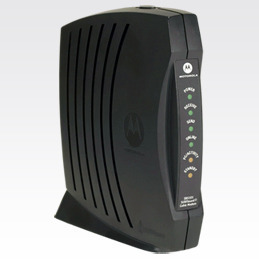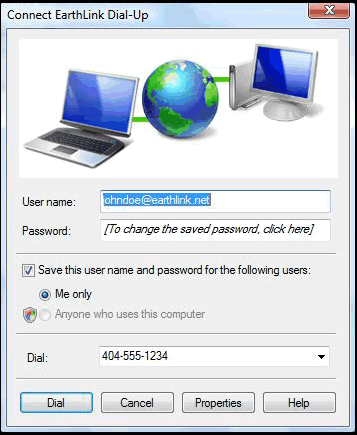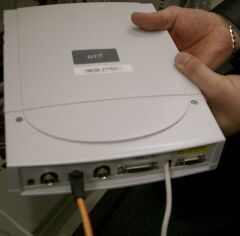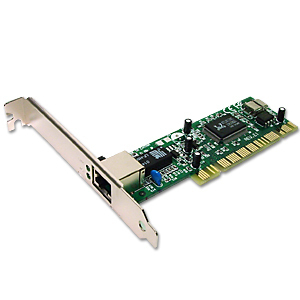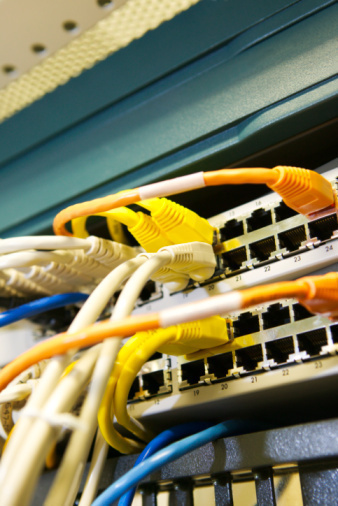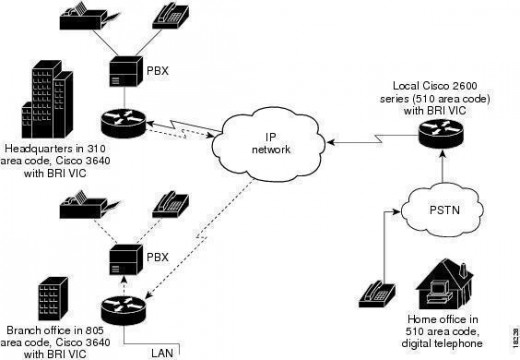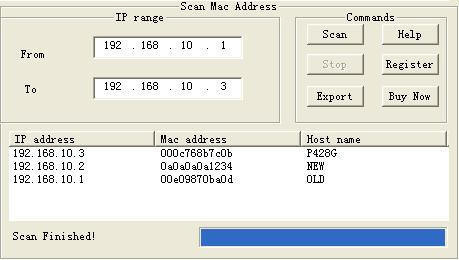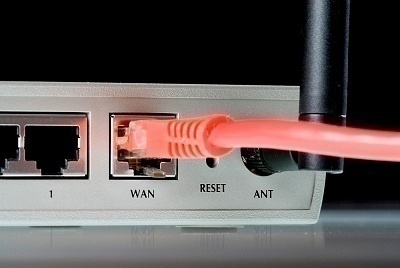Differences Between ISDN and DSL
Definitions Integrated Services Digital Network (ISDN): ISDN is a digital transmission system, which is used to transmit voice and data through copper telephone wires. In other words, it's a circuit-switched data transmission system that is used for voice and data transmission over the wire. Digital Subscriber Line (DSL): DSL is also a digital transmission system …


